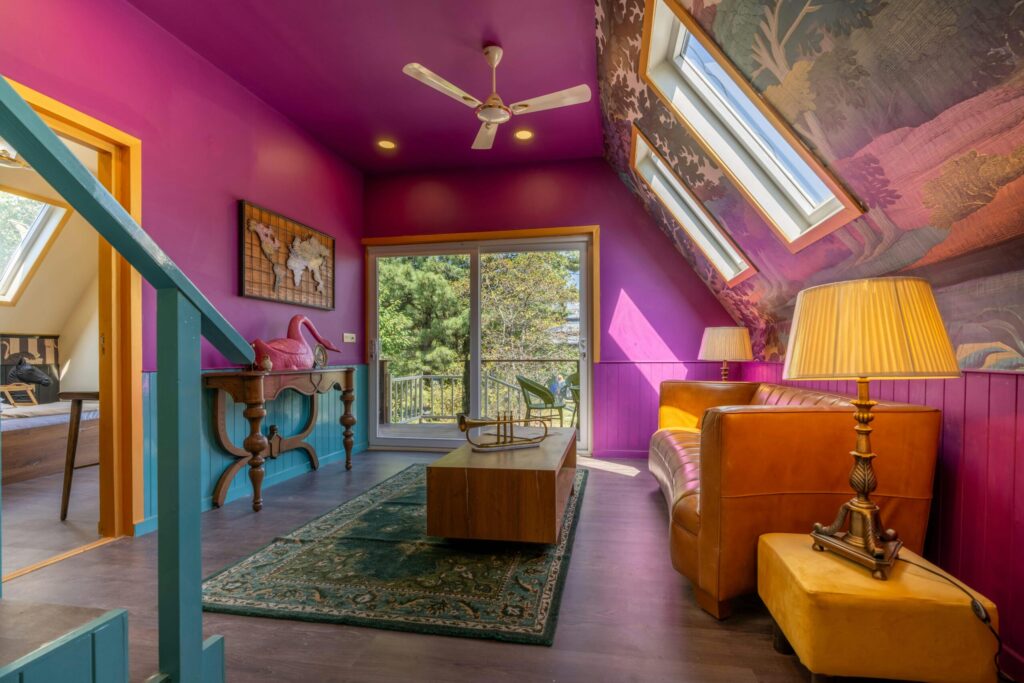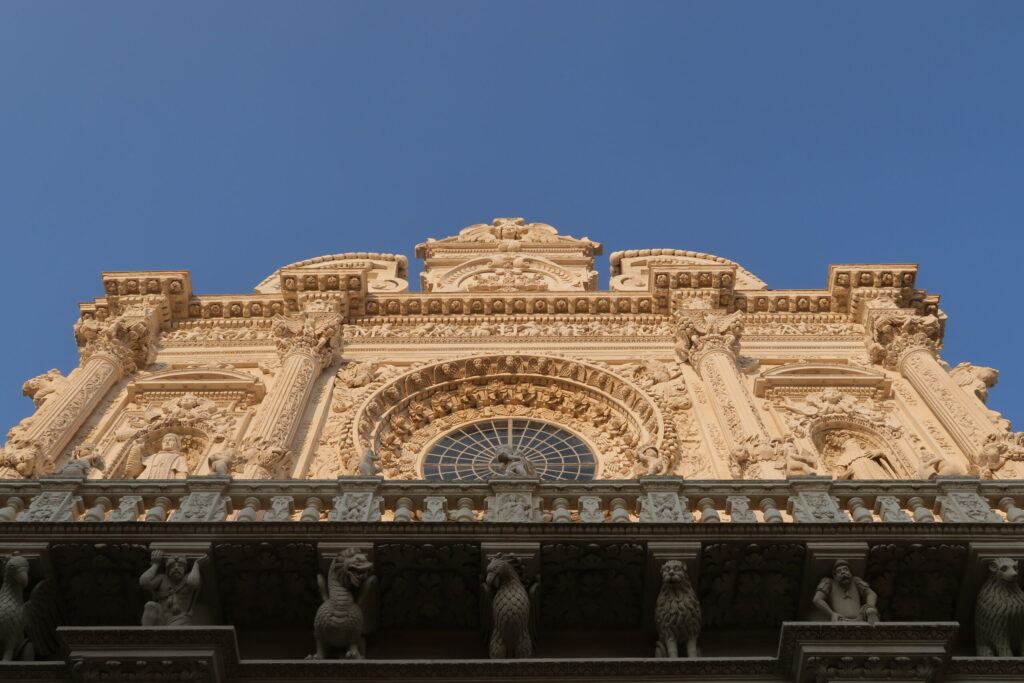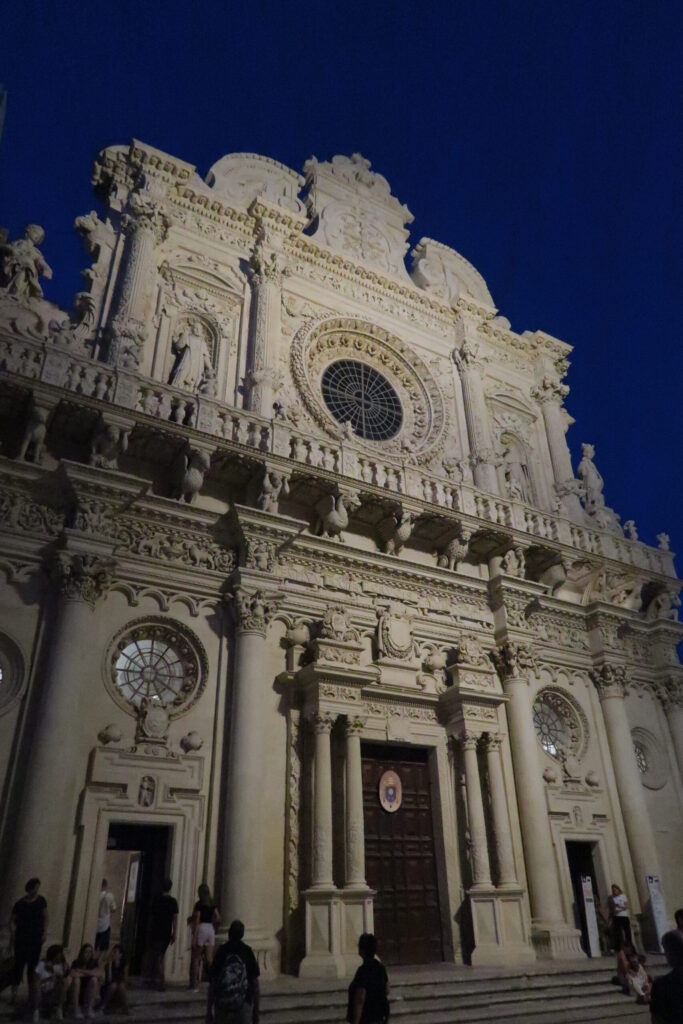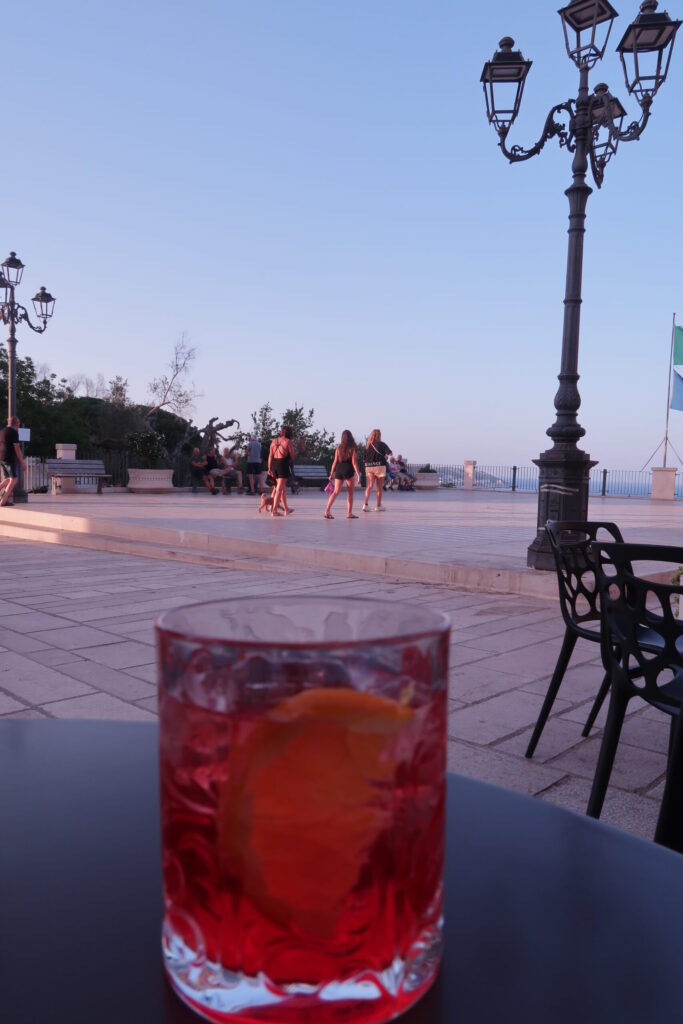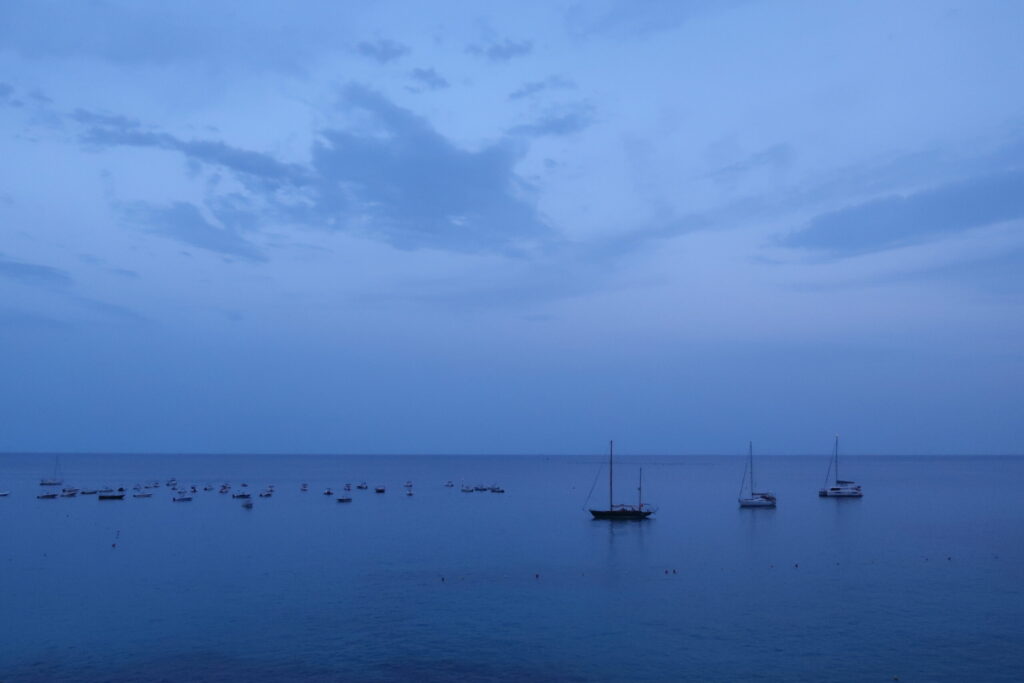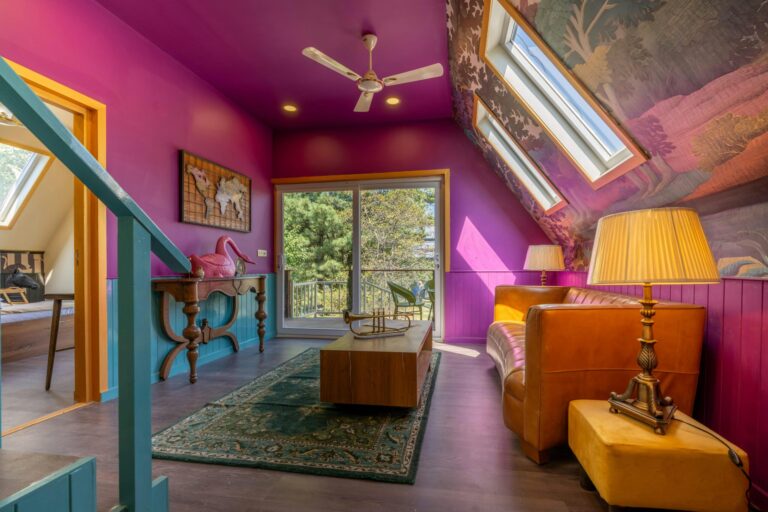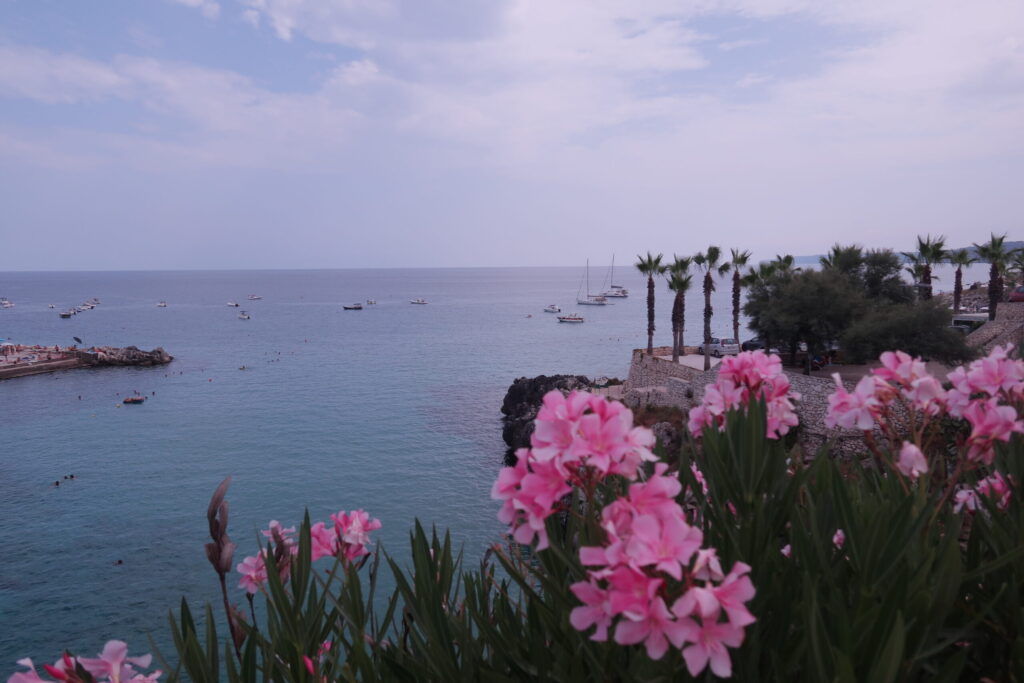
CALL IT SWEETNESS OR PLEASURE, DOING NOTHING HAS ITS OWN ALLURE
By Karyn Farrell: Columnist
Has the way we travel changed forever? In a fast-paced, tech-obsessed world, travel often serves as spectacle. We rush from place to place, ticking off countries, cities and sights; every pause an opportunity to create content for consumption by others rather than enjoyed in real-time.
With all the demands of modern life, the need to maximise our holiday experience is understandable, but it begs the question: is it possible to slow things down? To embrace a more meaningful and immersive approach to travel without feeling like we’re missing out.
There are merits to prioritising richer cultural experiences and memories over tick-the-box sights, and few better places to put this to the test than Italy, a country that can certainly teach us a thing or two about the rituals of slow-living.
Let’s consider their phrase ‘il dolce far niente’ – the sweetness of doing nothing. It alludes to a state of pleasant idleness; of being fully present in a moment and enjoying life’s simple pleasures. It encapsulates a particular mindset and inherent approach to life that is quintessentially Italian. It calls to mind those sacred rituals of Italian life: a morning espresso taken at the bar, never to go, or leisurely lunches with colleagues or friends. What if we embrace this just a little on our travels?
By valuing simplicity and tranquility, travelers can absorb the essence of a place, forming lasting memories.

Capturing the essence of ‘il dolce far niente’ in Castro.
Photography of Puglia: Marcel Pinnay ©
Puglia, one of Italy’s most scenic regions, forms the heel of Italy, famous for its dramatic craggy coastlines, azure waters and dreamy landscapes lined with olive trees. Dotted with picturesque whitewashed villages, the region has a nostalgic, timeless quality; almost cinematic.
Castro is an endearingly small town on its southeastern coast. Divided into two, the Centro Storico or Old Town sits perched on a cliff overlooking the startling blue waters of the Adriatic. Down below is Castro Marina, lined with dramatic palm trees and colourful boats bobbing in the water. Life here operates at an unhurried pace, plans for scheduled activities are soon forgotten and a new languorous quotidian rhythm is tantalisingly easy to slip into.
Watching the sun rise over the marina is recommended. At an early hour the silence is pervasive, broken only by the sound of church bells ringing out from the Old Town above. When the smell of coffee hits the air it’s time to make your way to Martinucci, the local artisan pasticcerria. Mornings start with espresso and pasticciotti, crumbly shortcrust pastry treats filled with custard which are a speciality of the region.
With endless sunshine in summer and a year-round temperate climate, life here centres on the outdoors. Think aimless strolls instead of clocking up steps, and lazy days spent by the sea.
Visitors to Castro are spoiled for choice with any number of fantastic swimming spots and the marina is a beauty, nestled beneath limestone cliffs. Teeming with brightly coloured fish and crystalline water, it's the perfect spot for snorkelling.
There’s nothing like a day by the sea to whet your appetite. But first, it’s cocktail hour. No matter where you go in Italy, all evenings start with one of the great cultural rituals, the aperitivo. During the hallowed hours of 6 to 8pm, all tools are downed, and streetside tables fill with people catching up over a drink and some light pre-dinner snacks.
Stemming from the Latin word ‘aperire’, literally to ‘open up’ the stomach, the history of the aperitivo dates all the way back to Roman times when a wine-based beverage was consumed pre-dinner to stimulate the appetite. However, we can thank Italian distillers Antonio Benedetto Carpano and Gaspare Campari for transforming this tradition into the one we know and love today. In 1786, Carpano created vermouth, a popular fortified and aromatic wine, a key ingredient of many classic cocktails including the Martini. This was followed in 1860 by the arrival of Campari, that iconic and sometimes divisive bitter red beverage which forms the basis of the Negroni and, of course, the Campari Spritz.
It's aperitivo time in Castro. Those in the know make their way to Piazza Armando Perotti, an enticingly pretty square in the old town: a prime spot to nab a table and watch the evening unfold.
Continued below...
Photography collage courtesy of Karyn Farrell ©
But first, take your lead from the locals and follow the Passeggiata delle Mura, a leisurely stroll along the fortifications surrounding its medieval centre. At the top of the steps is Belvedere di Castro, a panoramic viewing point with spectacular views across the ocean. It’s here that elderly local residents congregate in groups, talking animatedly and greeting friends with warm hugs and kisses on the cheeks.
On the piazza, Fonte dei Messapi is the place to be on a balmy evening when a soft breeze comes in from the sea and the evening light casts a pinkish hue on the ancient buildings. Groups of children play football and chase each other across the square as adults sip drinks on the terrace. The atmosphere is calm and unhurried, a seductive pace of life. Order a Campari Spritz, relinquish all thoughts of 'doing' and embrace just simply 'being'. It’s a surprisingly easy mindset to slip into.
End the evening at Delizie in Contea on Piazza della Vittoria for a feast of regional cheeses and charcuterie while sipping on glasses of Puglian Negroamaro. This is the heart of Old Town Castro, a beautiful square overlooked by the 12th century Church of the Annunziata. As bells chime on the hour, it makes for a nostalgic scene with a buzz of conversation in the air, and a notable lack of devices on show. It’s all about the enjoyment of food, wine and company. It’s Italy. It’s dolce far niente. And it’s very, very sweet.
A taste of ‘la dolce vita’ in Lecce:
The next stop on the Puglian itinerary is Lecce, an attractive Baroque city known as the Florence of the South. But in stark contrast to its famous sibling, you won't find a tourist frenzy here. Even in depths of summer, it never feels overwhelmed by visitors and has a restrained elegance that's instantly appealing. The Centro Storico is compact and off limits to traffic making it a pleasure to stroll the labyrinth of narrow cobbled streets and pretty squares.
Can we approach a city break with the same sense of mindfulness and attention?
Yes, if we take a leaf out of the Italian playbook. Their attitude to life, to food and to style is alluring. A case in point is the passeggiata, one of Italy’s most beloved traditions. Locals of all ages take to the streets in their droves for an evening stroll. It’s walking without any particular purpose or destination in mind, but purely for socialising and connecting with friends and family. There’s a sense of spectacle too and a desire to see and to be seen.
As a tourist, there’s a temptation to fill every moment of the day. But what if we prioritise quality over quantity?
...Always dear to me was this solitary hill,
and this hedgerow, which from so great a part
of the farthest horizon excludes the sight.
Giacomo Leopardi.
Photography: Karyn Farrell ©
Feast on the drama of the Baroque
All roads lead to Piazza Duomo, an enclosed square at the heart of Lecce's old town. Surrounded on all sides by magnificent buildings and ornate façades, it’s the most photographed site in the city, dominated by the cathedral and bell tower.
A series of extraordinary Baroque buildings are the city’s greatest selling point. If you only visit one, make it Chiesa Santa Croce. The intricacy of detailing on the façade is remarkable: the lower order showcases the elegance of the 16th century Renaissance while the upper level explodes with 17th century Baroque exuberance. In between the two, a series of figures and mythological creatures appear burdened by holding up the balcony above, while the rose window is the pièce de résistance.
Chiesa Santa Chiara is a subtler beauty. Inside, its intricate wooden ceiling was created from papier maché, a Lecce tradition which flourished in the 18th century.
What can we learn from the Italians?
It’s not so long ago that holidays were viewed as a time for rest and contemplation. Can we revisit this a little by adopting a gentler approach to travel? To savour those precious moments of inactivity and stillness. To allow days to fall into an easy rhythm of coffee, lunch, aperitivo and dinner with the occasional activity slotted in between.
For the Italians, this is a way of life.
This was Karyn's debut article with Houghton & Mackay. Be sure to give her your vote via the Stars below. Your readership is appreciated.
© 2025 Houghton & Mackay. All Rights Reserved. The content in this publication may not be reproduced in any form without prior permission to the rights owners. Article title header by Karyn Farrell. Second title header photography of Puglia by Marcel Pinnay. Prose may not be reproduced other than shared on Social Media. Learn more about Houghton & Mackay on the main Business Website.


